 ]]>
]]>
GPUs are specially designed to crunch through massive amounts of data at high speed. They have a large amount of compute resources, called streaming multiprocessors (SMs), and an array of facilities to keep them fed with data: high bandwidth to memory, sizable data caches, and the capability to switch to other teams of workers (warps) without any overhead if an active team has run out of data.
]]>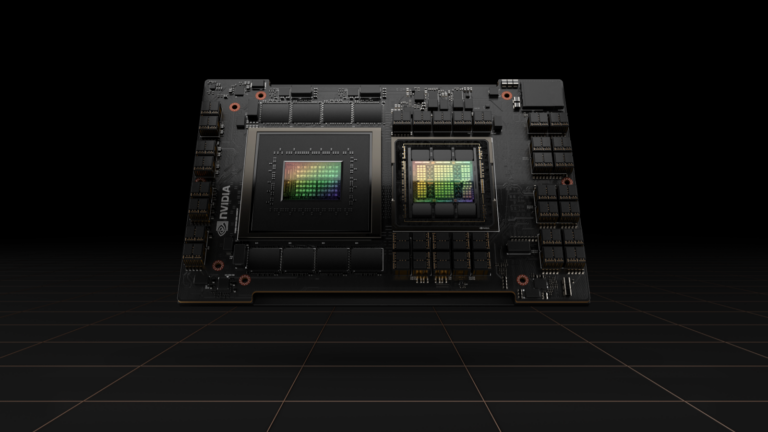
The new hardware developments in NVIDIA Grace Hopper Superchip systems enable some dramatic changes to the way developers approach GPU programming. Most notably, the bidirectional, high-bandwidth, and cache-coherent connection between CPU and GPU memory means that the user can develop their application for both processors while using a single, unified address space.
]]> ]]>
]]>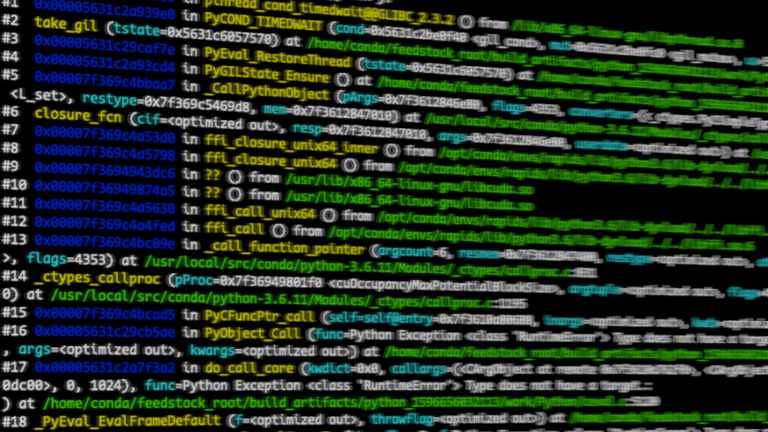
Debugging is difficult. Debugging across multiple languages is especially challenging, and debugging across devices often requires a team with varying skill sets and expertise to reveal the underlying problem. Yet projects often require using multiple languages, to ensure high performance where necessary, a user-friendly experience, and compatibility where possible. Unfortunately��
]]>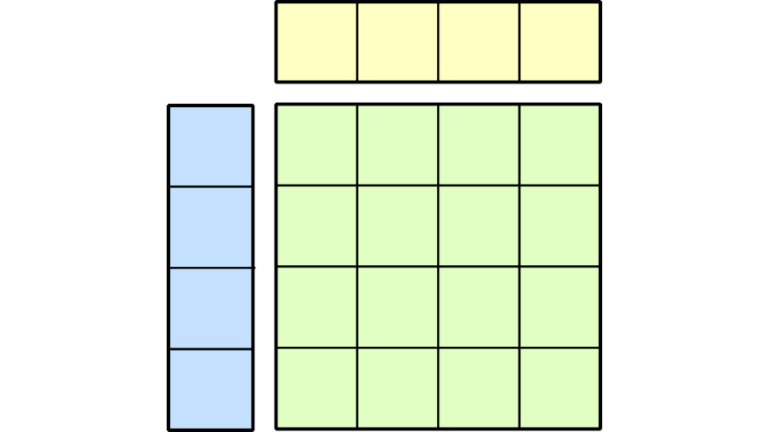 ]]>
]]>
NVIDIA GPUs have enormous compute power and typically must be fed data at high speed to deploy that power. That is possible, in principle, because GPUs also have high memory bandwidth, but sometimes they need your help to saturate that bandwidth. In this post, we examine one specific method to accomplish that: prefetching. We explain the circumstances under which prefetching can be expected��
]]>
��Truth is much too complicated to allow anything but approximations.�� �� John von Neumann The history of computing has demonstrated that there is no limit to what can be achieved with the relatively simple arithmetic implemented in computer hardware. But the ��truth�� that computers represent using finite-size numbers is fundamentally approximate. As David Goldberg wrote��
]]>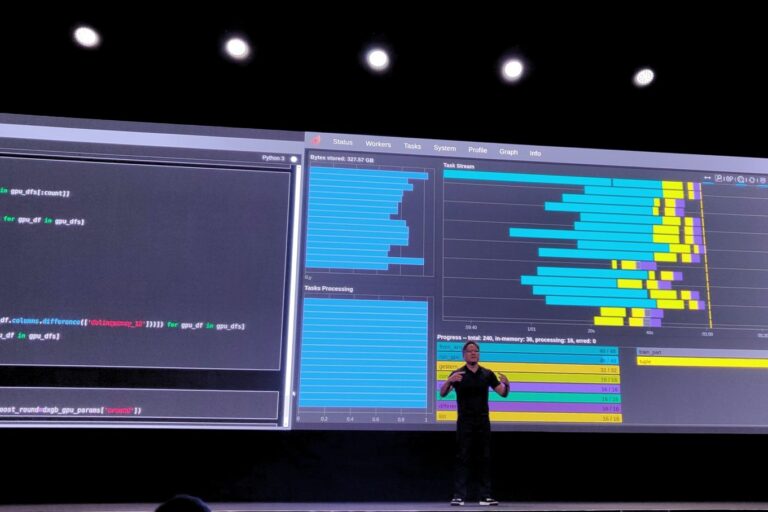
When I joined the RAPIDS team in 2018, NVIDIA CUDA device memory allocation was a performance problem. RAPIDS cuDF allocates and deallocates memory at high frequency, because its APIs generally create new and s rather than modifying them in place. The overhead of and synchronization of was holding RAPIDS back. My first task for RAPIDS was to help with this problem, so I created a rough��
]]>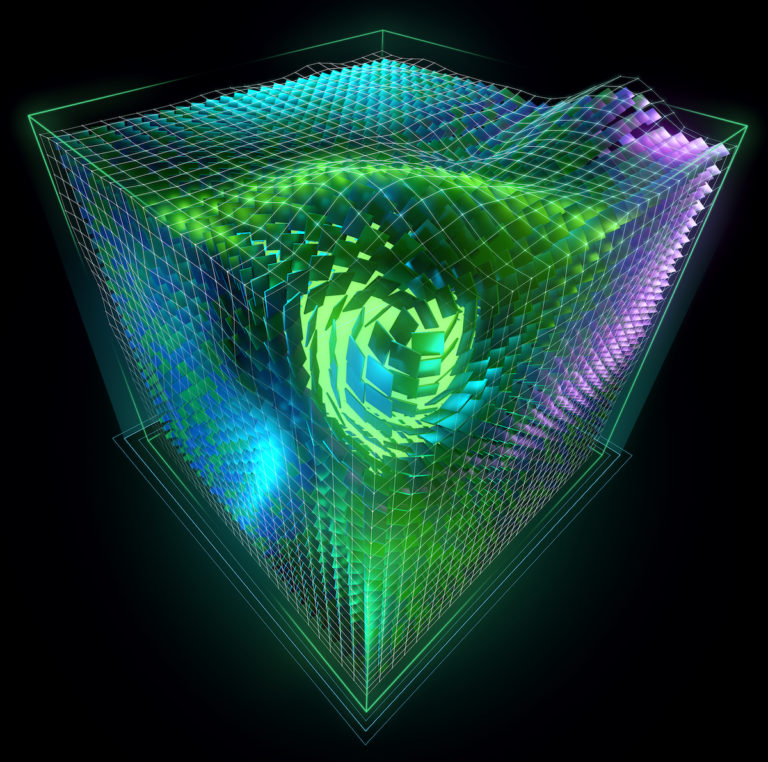 ]]>
]]>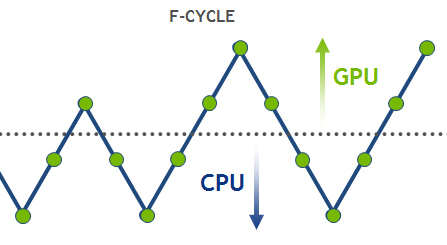
Linear solvers are probably the most common tool in scientific computing applications. There are two basic classes of methods that can be used to solve an equation: direct and iterative. Direct methods are usually robust, but have additional computational complexity and memory capacity requirements. Unlike direct solvers, iterative solvers require minimal memory overhead and feature better��
]]>
Leyuan Wang, a Ph.D. student in the UC Davis Department of Computer Science, presented one of only two ��Distinguished Papers�� of the 51 accepted at Euro-Par 2015. Euro-Par is a European conference devoted to all aspects of parallel and distributed processing held August 24-28 at Austria��s Vienna University of Technology. Leyuan��s paper Fast Parallel Suffix Array on the GPU, co-authored by her��
]]>
In this post, we discuss how CUDA has facilitated materials research in the Department of Chemical and Biomolecular Engineering at UC Berkeley and Lawrence Berkeley National Laboratory. This post is a collaboration between Cory Simon, Jihan Kim, Richard L. Martin, Maciej Haranczyk, and Berend Smit. Nanoporous materials have nano-sized pores such that only a few molecules can fit inside.
]]>
2iSome years ago I started work on my first CUDA implementation of the Multiparticle Collision Dynamics (MPC) algorithm, a particle-in-cell code used to simulate hydrodynamic interactions between solvents and solutes. As part of this algorithm, a number of particle parameters are summed to calculate certain cell parameters. This was in the days of the Tesla GPU architecture (such as GT200 GPUs��
]]>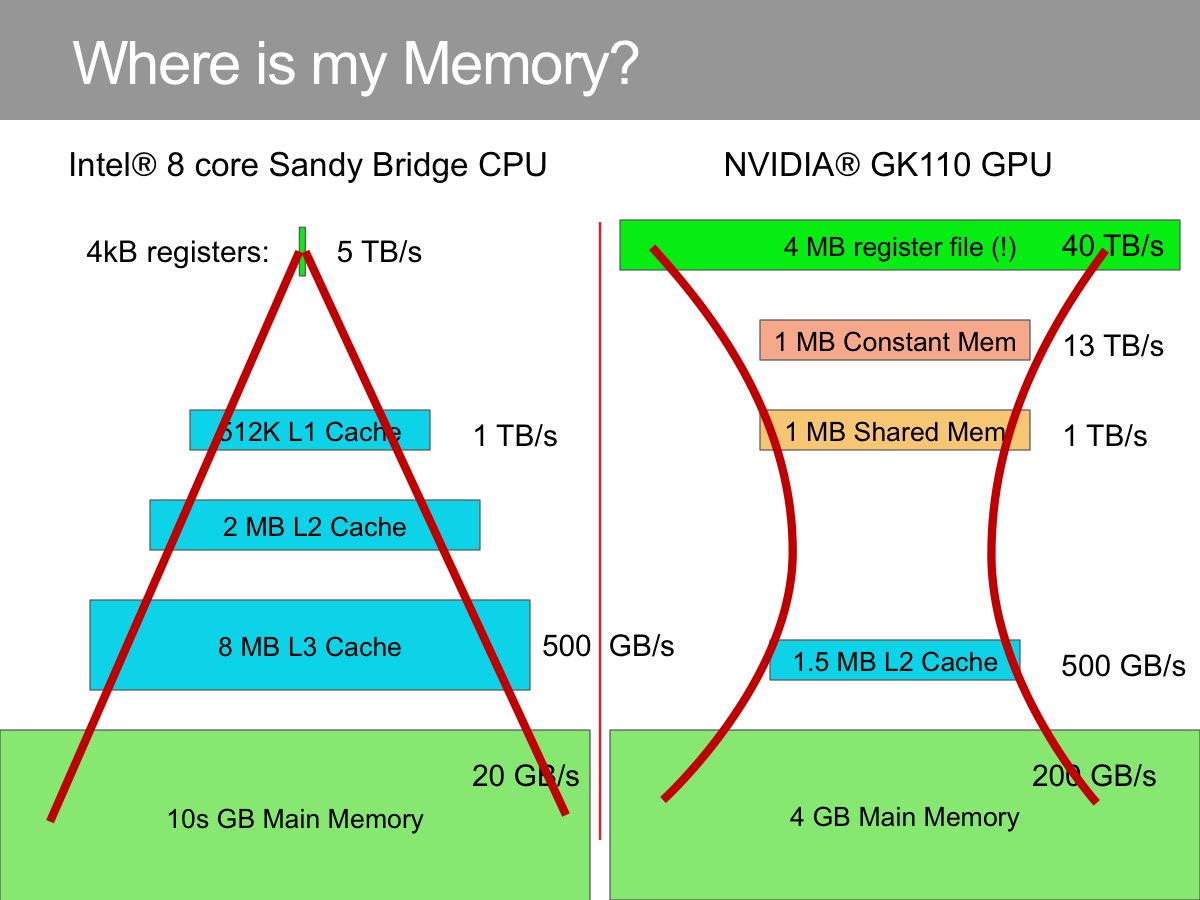
Deep learning has made enormous leaps forward thanks to GPU hardware. But much Big Data analysis is still done with classical methods on sparse data. Tasks like click prediction, personalization, recommendation, search ranking, etc. still account for most of the revenue from commercial data analysis. The role of GPUs in that realm has been less clear. In the BIDMach project (part of the BID Data��
]]>
OpenACC is a high-level programming model for accelerating applications with GPUs and other devices using compiler directives compiler directives to specify loops and regions of code in standard C, C++ and Fortran to offload from a host CPU to an attached accelerator. OpenACC simplifies accelerating applications with GPUs. OpenACC tutorial: Three Steps to More Science An often-overlooked��
]]>